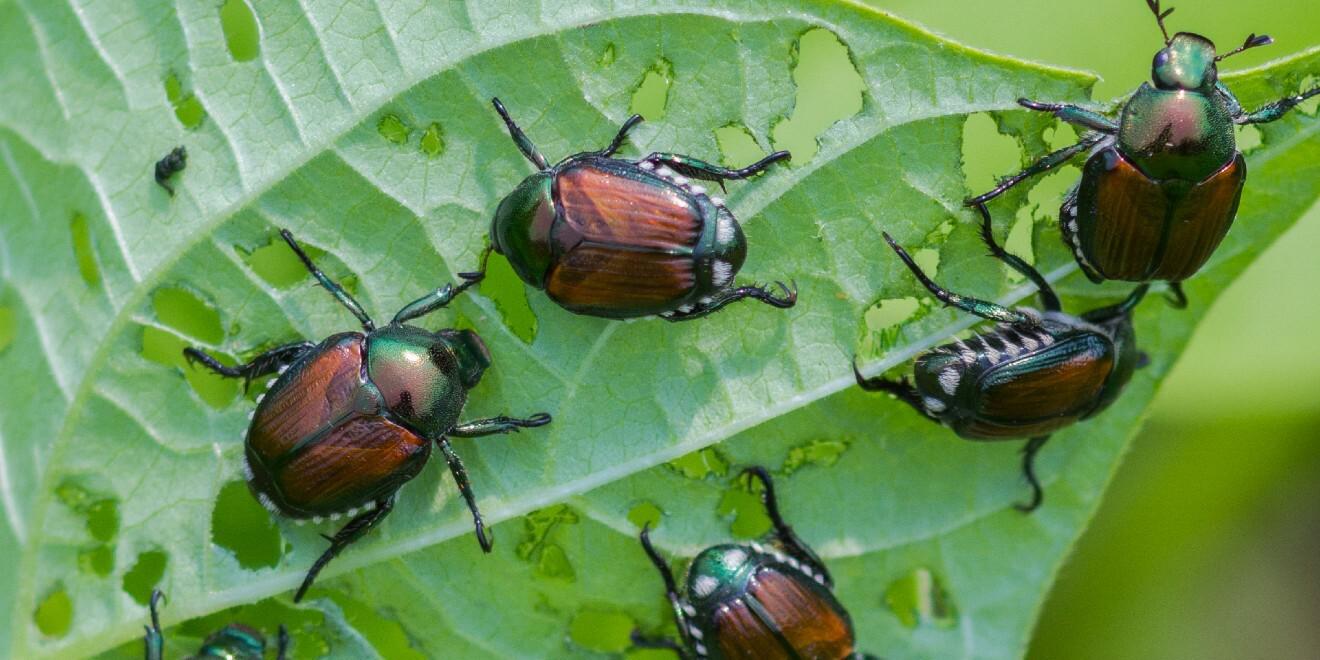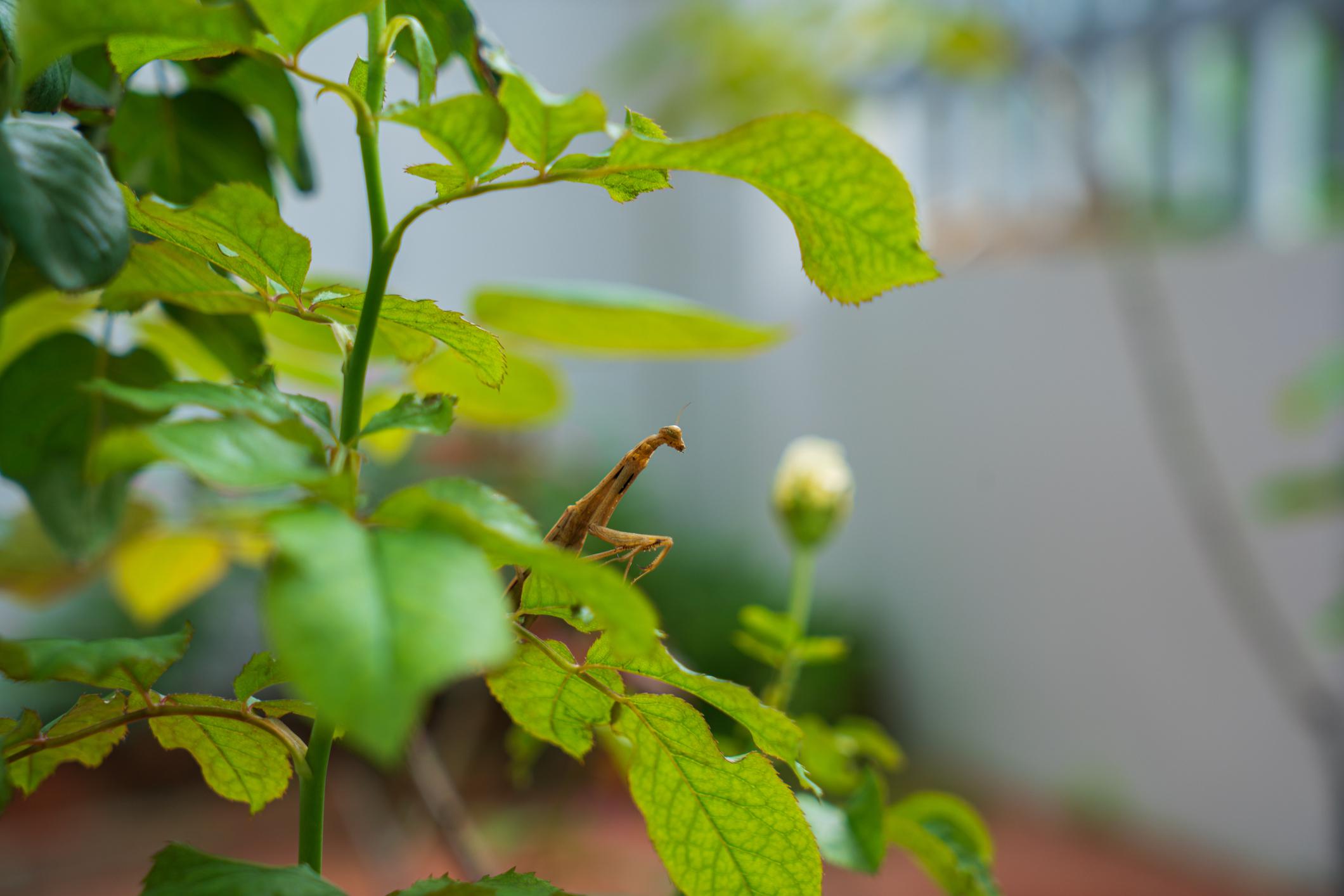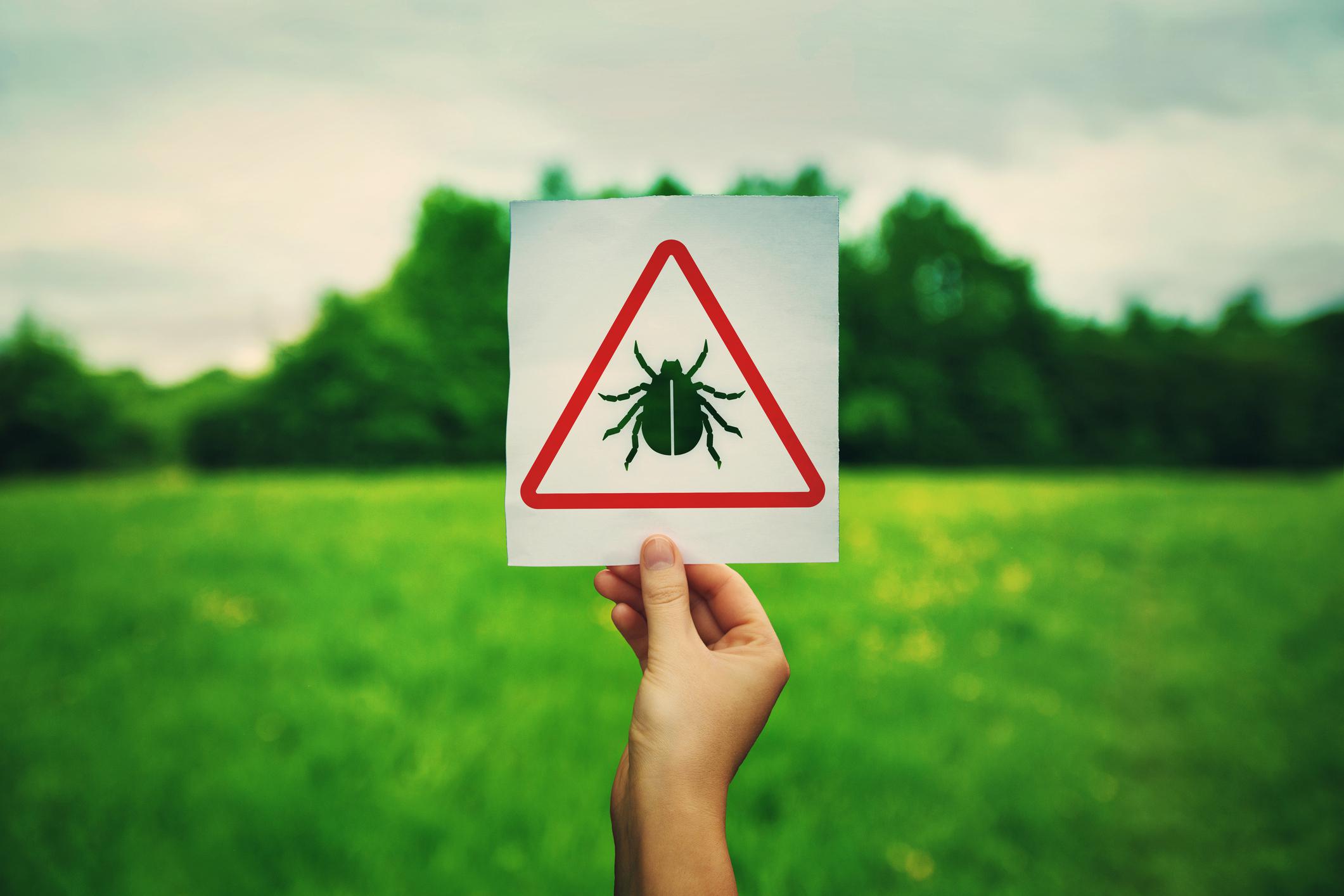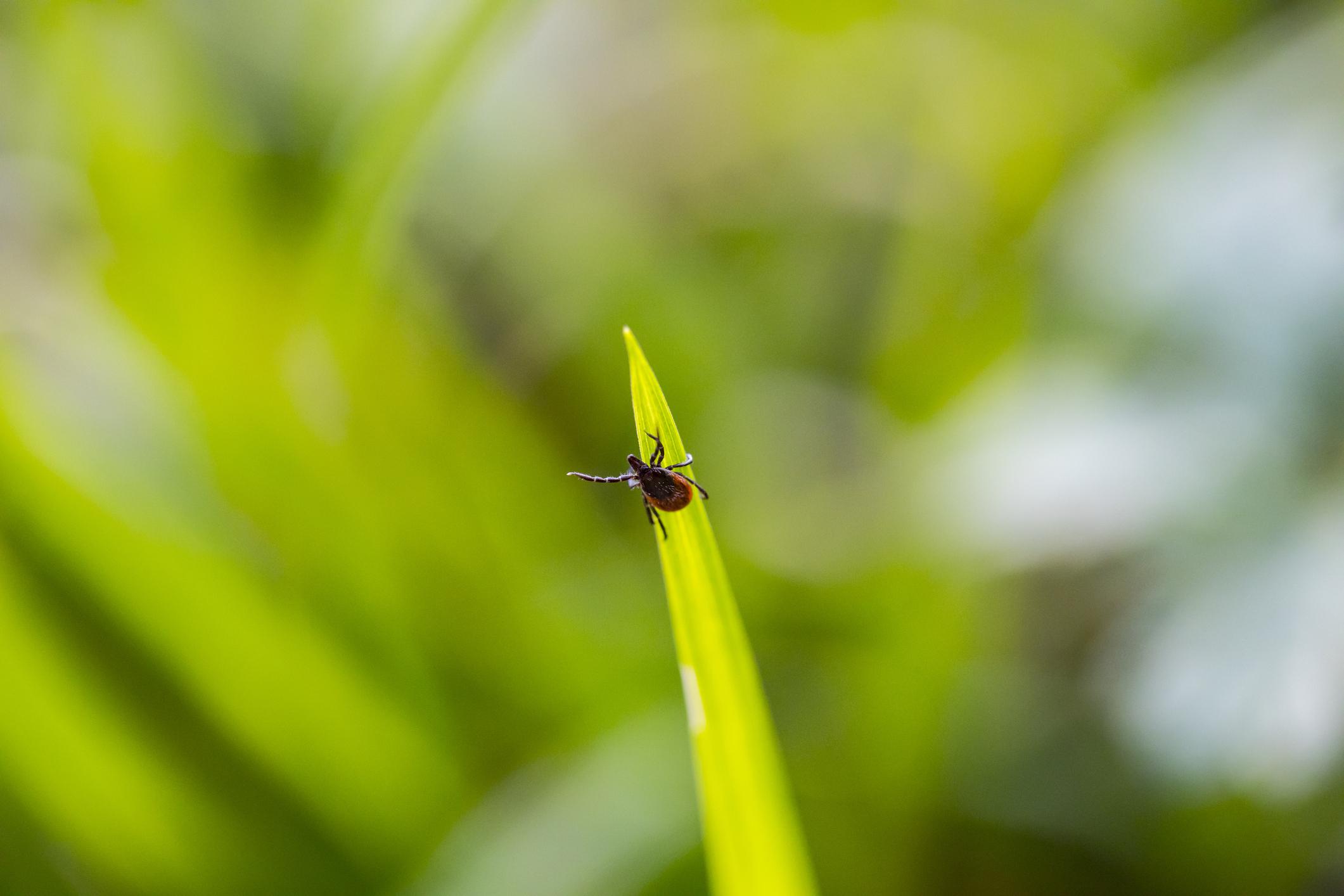Lyme Disease On The Rise In Virginia
Posted by Mosquito Squad
May 18, 2016
More than 30 years ago in the Northeast United State, Lyme Disease was discovered. Since then the disease, which is difficult to diagnose and treat, has been spreading further throughout the United States. Now Virginia is in the top third of states with Lyme Disease diagnoses and this has many residents concerned.
Most researchers believe the cause for the spread of Lyme Disease is due to a growing and moving deer population. Up to 90 percent of adult ticks feed exclusively off of deer. But the problem lies in younger ticks, known as nymphs. This is the stage between larvae and adult for this species of tick. As the adult tick population moves with the deer population, they are laying their eggs in these new areas and spreading Lyme Disease along with them.
A tick needs a “blood meal” in order to move on to the next stage in it’s life cycle. Larvae will attach themselves to small animals such as mice or birds, then detach once fully fed, molt to become a nymph and lie dormant throughout the winter. This first meal is often when a tick contracts the disease, as it can be carried by small animals, especially the white-footed mouse.
In spring the nymph becomes active again, seeking a host to feed off of, typically a deer, dog or human. This is usually when the spread of the disease to humans occurs, although if the tick feeds on a small animal again it could contract the disease at this stage as well. Once again, after the nymph is full, it detaches itself, lies in the ground, molts and becomes an adult only to wait for spring to become active and eat once again.
All ticks, from larvae to adult, are active during the spring, summer and fall months. While they are typically inactive during the winter, they can become active during warm spells as well. Humans are most likely to become infected by a nymph tick, but adult ticks will also feed off of humans.
The disease will often present itself with a “bulls-eye” rash, but it can go unnoticed depending on the bite location. If caught right away, a round of antibiotics will typically clear it up with no issues. The danger usually comes when the disease goes undiagnosed for a long period of time, typically in adults. Other symptoms can include fever, fatigue and joint pain. If the disease goes undiagnosed long enough, it can spread to the heart and nervous system causing more severe symptoms.
The CDC reports 30,000 cases of Lyme Disease are diagnosed each year, but the number of people who have actually contracted the disease could be ten times higher due to the number of asymptomatic cases. Positive indicators in most tests for the disease aren’t 100% accurate, causing misdiagnoses as well.
So what can you do to protect yourself and your family from this debilitating disease? The best course of action is to check yourself and your family – especially under the arms, on the scalp and in the groin area – for ticks after spending time outdoors. It can take 24-36 hours for a tick to transmit Lyme Disease through their bite, so the sooner the tick is removed, the better. Experts also recommend wearing light colored long pants for trips through the woods since ticks usually lay in wait on leaves and grasses, then grab on to their next host when it passes by.
For older children and adults, it is advisable to use a 20-30 percent DEET mist on shoe tops, pant legs and socks. Higher percentages have not found to be any more effective.
Outdoor clothing and gear can also be treated with the pesticide permethrin, which will kill ticks on contact. And of course, staying on paved roads or mulched trails while avoiding contact with adjacent vegetation is best. If a tick is found on your body or that of a family member, remove it immediately with fine-tipped tweezers and keep an eye on the bite location for a few days.
While Lyme Disease does seem to be on the rise in the Virginia area, there are plenty of precautions that can be taken to avoid contracting it, and a quick diagnosis typically means a quick recovery. Remember to check yourself and your family after spending time outdoors and enjoy being outside during these warm months.















